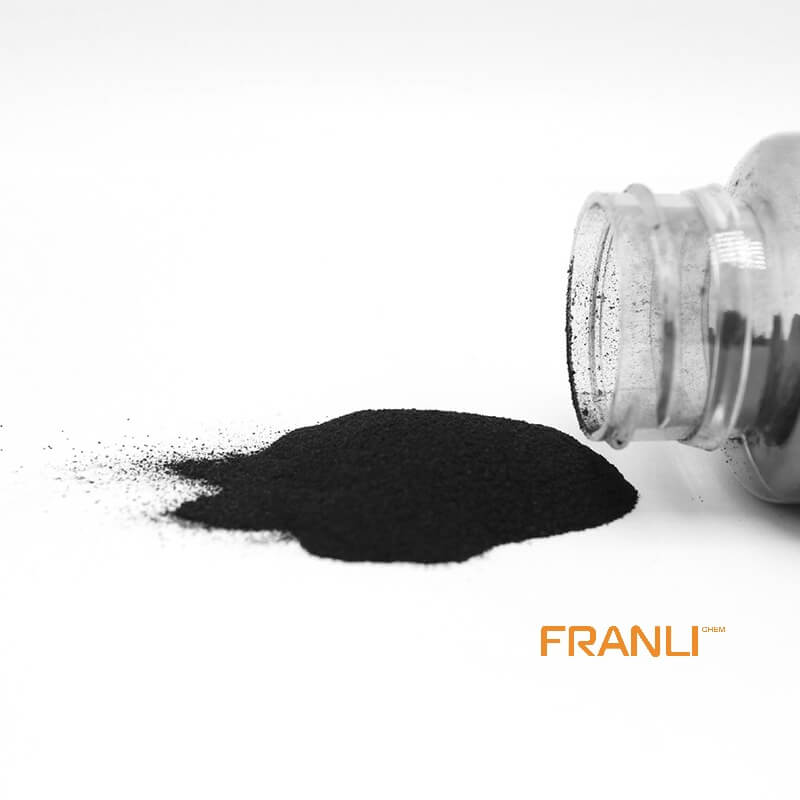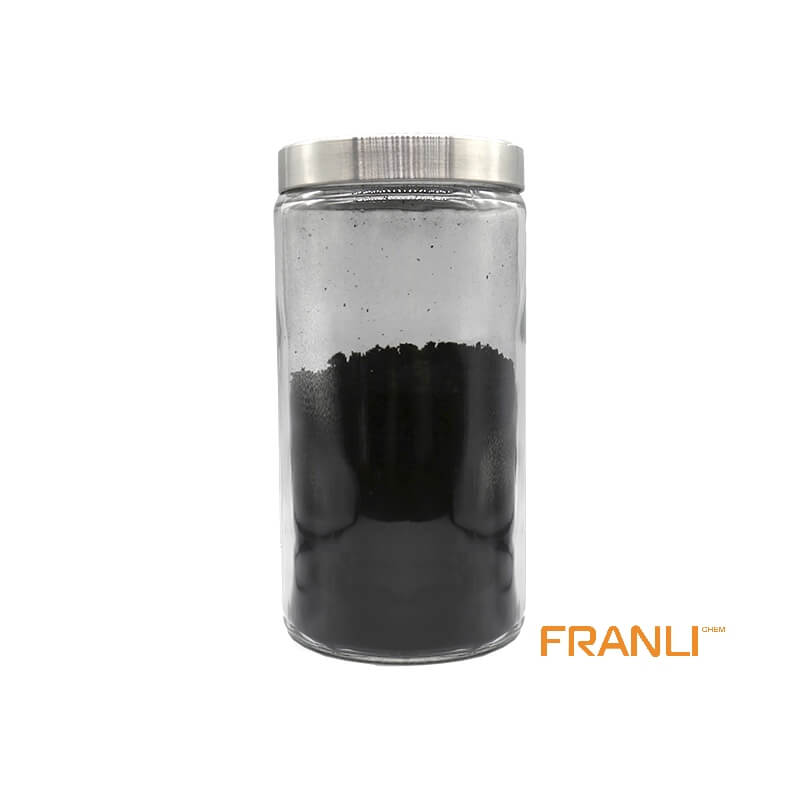

Graphene
Size
1-2nm thick x 0.5-5microns wide
Package
According to customer requirements
Features
High strength, high electrical conductivity, etc.
Application
Can be used as filler(between 0.01% and 5%).
Graphene, as the thinnest, toughest and best conductive nano material found at present. It is a two-dimensional crystal composed of carbon atoms stripped from graphite material with only one layer of atom thickness. Known as “black gold”, it is “the king of new materials”. Scientists even predicted that graphene “will completely change the 21st century”.
Request a quoteGraphene has high electrical and thermal conductivity and a very stable chemical structure. It is an ideal new material for heat conduction and heat dissipation. The thermal conductivity of graphene at room temperature (2000-5000 W/m.k) has surpassed the limit of bulk graphite, carbon nanotubes and allotropes such as diamonds, and can reach 5300 W/m.k, far exceeding metal materials such as silver and copper.
Franli is a supplier of graphene. We export graphene to various countries and win the trust of customers with high quality. Among them, the electronic equipment industry is our main export direction. At the same time, our technical team is constantly studying how to maximize the use of its thermal properties.

How to utilize the excellent conductive facility of graphene?
Graphene has an important role in the field of electronic devices, so how to utilize the conductive facility of graphene is vital for this industry.
Owing to the conductivity of graphene is related to the field of electronic devices, it can greatly exploit graphene’s heat dissipation ability and optimize electronic functions.
In microelectronics and nanoelectronics, heat is often the key limiting factor for smaller and more efficient components. Therefore, graphene and similar materials with excellent thermal conductivity may hold great potential for such applications. Graphene’s thermal conductivity can be exploited in a number of ways, including thermal interface materials (TIMs), heat spreaders, thermal grease (a thin layer usually placed between a microprocessor and a heat source such as a heat sink), graphene-based nano-composites materials etc.
Graphene in electronic device
Transparent Conductive Electrode Graphene’s good electrical conductivity and light transmission properties make it have a very good application prospect in transparent conductive electrodes. Touch screens, liquid crystal displays, organic photovoltaic cells, organic light-emitting diodes, etc. all require good transparent conductive electrode materials. In particular, graphene has superior mechanical strength and flexibility compared to the commonly used material indium tin oxide. Due to its high brittleness, indium tin oxide is relatively easy to damage. Graphene films in solution can be deposited over large areas. Shows excellent heat dissipation performance and is corrosion resistant.
On the other hand, the heat dissipation performance of the heat dissipation film made of graphene will be much better than that of graphite sheet, and the film has good flexibility and is easy to process. The heat dissipation film is a key material in the manufacture of computers and mobile phones. For example, the heat dissipation film currently used by Apple mobile phones is made of graphite sheets. Ideal heat dissipation material for electronic products. Current research hotspots are graphene sensors, graphene flexible electronic devices, graphene logic circuits, etc. The detailed illustration is as following:

1.Graphene sensor
In electronic technology, electrical signals are generally easier to process. Sensors can convert various signals such as gas, light, and force into electrical signals. The unique energy band structure of graphene has excellent electrical properties. Graphene atoms are exposed on the surface, Its electronic state is easily changed by external signals, resulting in changes in electrical properties, which are reflected by electrical signals. This characteristic makes graphene play a huge role in the field of sensors.
2.Graphene flexible electronic devices
The current development direction of electronic devices, especially smartphones, is folding and curling. Graphene, as an ultra-thin and flexible two-dimensional material, has excellent mechanical properties, as well as ultra-high carrier mobility and light transmission. It is an ideal flexible transparent conductive film material, which can be used as a new generation of flexible touch screen.
3.Graphene Logic Circuits
Logic circuits are the basis of many fields such as computers, digital control, automation, etc., using binary operation rules to realize logic operations. In simple terms, we need to use the on and off of the circuit to control the computer to achieve different functions. The speed of computer operations depends on Carrier mobility of circuit materials. Graphene has extremely high carrier mobility and can be used to manufacture next-generation ultrafast integrated circuits.
The field of electronic information is the most important application field of graphene. The industrialization of this field determines the true value and irreplaceability of graphene. Graphene produced by Franli has excellent thermal conductivity. Franli’s factory has been focusing on graphene production and processing raw materials with a scientific and rigorous attitude, and is committed to outputting better quality products.



